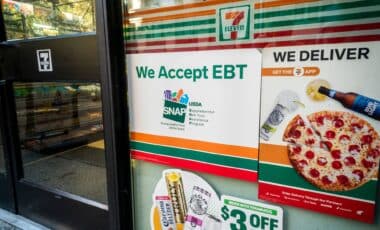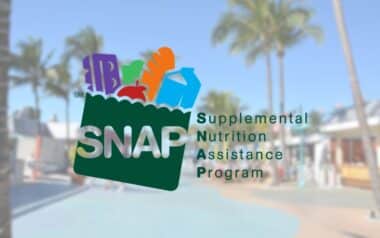A legislative initiative from GOP House Republicans seeks to introduce $1,000 “Trump accounts” for every newborn in the United States, forming part of a wider effort to promote early wealth-building strategies across generations.
Framed as a key policy component of a potential second term for Donald Trump, the measure reflects ongoing debates around economic mobility and intergenerational equity.
Initially branded as “Money Account for Growth and Advancement” (MAGA), the accounts have since been rebranded to reflect Trump’s name more directly.
According to CBS News, the plan outlines federal contributions and investment mechanisms while leaving many implementation details to be defined.
Automatic Enrollment and Eligibility Criteria
The bill outlines that every child born in the U.S. between January 1, 2025, and January 1, 2029—within the timeframe of a potential second Trump term—would automatically receive a federally managed investment account.
This group includes all newborns delivered in the country during those years, provided they meet the eligibility requirements.
Enrollment would be automatic, and eligibility is contingent on both the child and both parents possessing valid Social Security numbers.
These accounts would be created and administered by the U.S. Treasury, in partnership with banks or private investment firms.
Madeline Brown, a senior policy associate at the Urban Institute, stressed that automatic enrollment is “fundamental to improving the likelihood that it reaches the lowest-income families,” noting that many eligible households “often don’t know about these kinds of programs. There’s a huge awareness gap.”
Investment Mechanics and Contribution Limits
Each qualifying child would receive a $1,000 contribution from the federal government, invested in stock market portfolios. Families, relatives, or third parties could add up to $5,000 per year to the account.
Although this structure offers the potential for compounding growth, the actual end balance at adulthood would vary significantly depending on annual contributions and market conditions.
For context, Sam Taube of Nerdwallet noted that some states already offer similar programs. For example, Colorado’s First Step program:
- Contributes $100 at birth
- Matches up to $500 per year in family contributions for five years
- Totals a maximum of $2,500 in matched public contributions
By contrast, the Trump account’s initial $1,000 base contribution, while higher, lacks ongoing public matching. GOP supporters argue that expanding federal support for newborns through investment channels is a modern way to encourage financial responsibility from day one.
Permitted Uses and Growth Expectations
Withdrawals from these accounts would be restricted to specific wealth-building uses—such as college tuition, a home down payment, or small business startup costs. Brown warned that expectations should be managed:
When it comes to wealth building, we have to make sure the target sums that kids end up with at 18 are in line with the things we’re saying you can use the money for.
There are lots of different projections around what $1,000 can grow to with different interest rates, but it’s not a down payment – she said.
Unless additional contributions come from the community, the federal government or state governments, we’re not likely to see these accounts grow to the sums that we’re saying are qualified uses.
Withdrawal Rules and Tax Implications
Account holders could access half of the funds at age 18, provided the money is spent on authorized purposes. The remaining balance would become accessible between ages 25 and 30 for approved uses, and after age 30, funds could be used for any purpose.
Withdrawals for qualified expenses would be taxed at the long-term capital gains rate, while funds used for non-qualified purposes would be taxed as ordinary income and could also incur a 10% penalty.
Brown flagged the risk that lower-income families, who might face unplanned expenses, could be disproportionately penalized:
They are the most likely to have to withdraw dollars for nonqualified expenses, and in doing so, they [would] receive a tax penalty. So there are ways to exempt emergency expenses, and that would be a fix – She explained.
There are other places you can save money where you won’t have that tax penalty if you withdraw the funds early.
Tax Benefits Under Scrutiny
Despite being promoted as tax-advantaged, financial experts have raised doubts about the actual fiscal benefits of the Trump accounts.
Taube commented that
Although they are advertised as tax-advantaged accounts, the way they work does not seem to be that different from how a taxable brokerage account would work.
This contrasts with other dedicated savings vehicles, such as 529 plans, which offer tax-free growth and withdrawal for education-related expenses.
Some GOP legislators have dismissed these critiques, arguing that even modest capital gains on investments for newborns are preferable to no financial asset accumulation at all.
Structural Limits and Future Considerations
A January Bankrate study cited in the proposal’s criticism shows that a majority of Americans cannot cover a $1,000 emergency expense, raising questions about how practical it is to restrict access.
The structure could inadvertently punish those most in need, unless modifications such as emergency expense exemptions are adopted.
Still, Taube acknowledged the potential:
Given the state of saving for children’s future expenses in this country, the accounts do seem like they could help at least somewhat.









